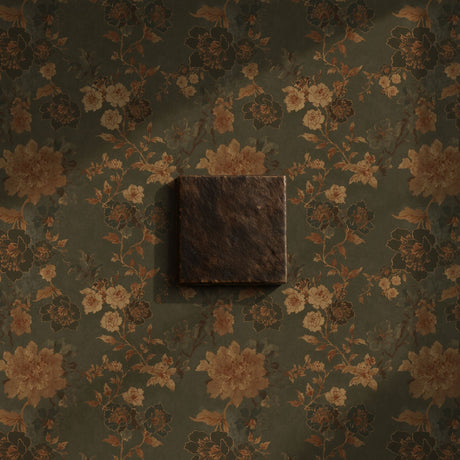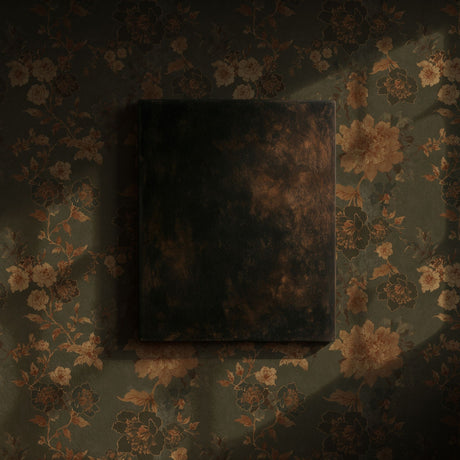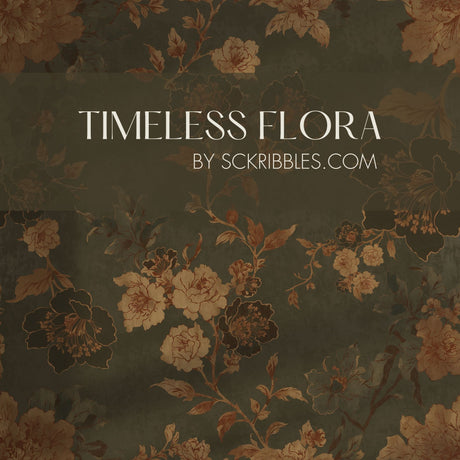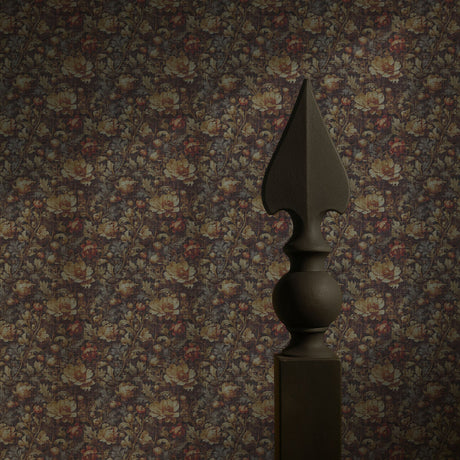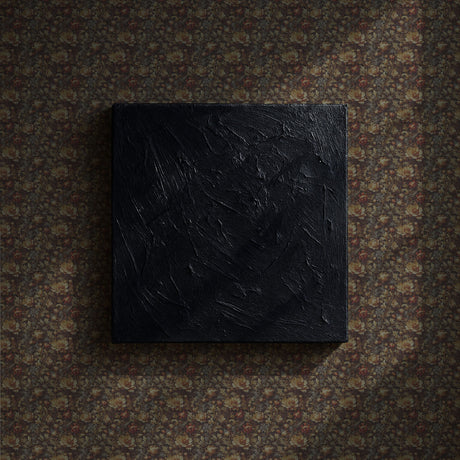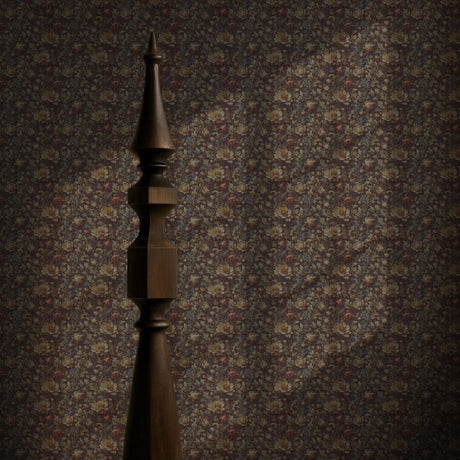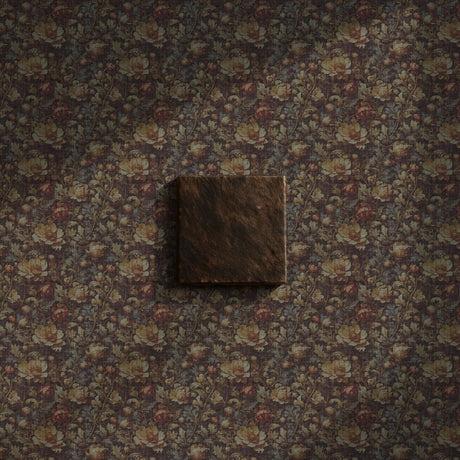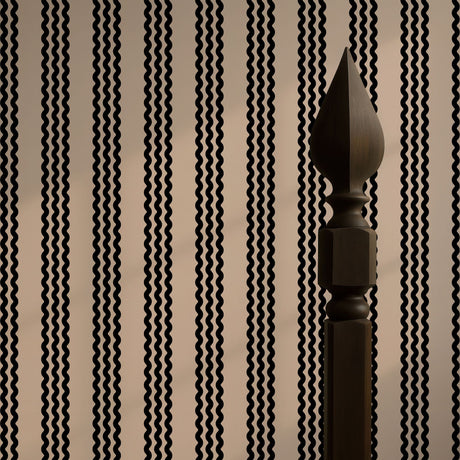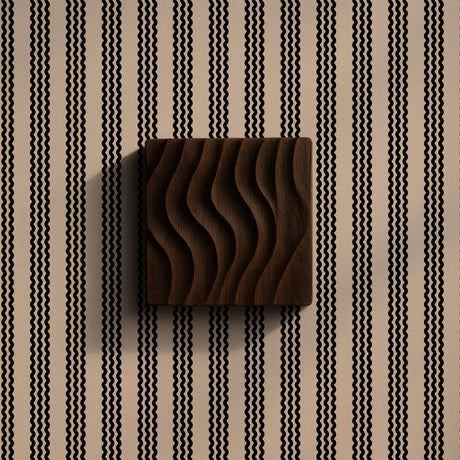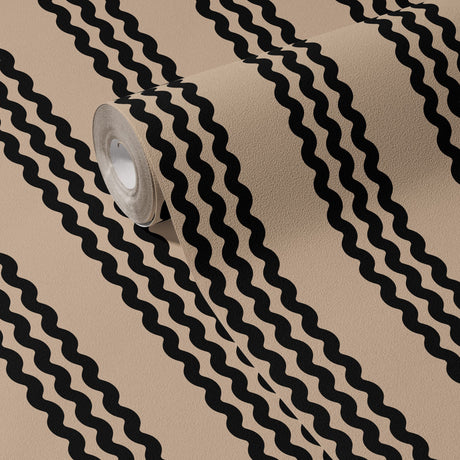Fire Safety Classifications for Wallpaper: UK, European, American, & Australian Standards Explained
When choosing wallpaper—especially for commercial spaces like hotels, restaurants, or offices—understanding fire safety ratings is essential. Different regions have different systems for testing and certifying the flammability of materials. Here's a breakdown of how fire ratings for wallpapers and wall coverings work in the UK, Europe, the USA, and Australia.
UK Fire Ratings (BS 476)
In the UK, the relevant standard is BS 476, particularly Part 6 and Part 7, which assesses fire propagation and surface spread of flame.
- Class 0: The highest classification. Achieved by passing BS 476 Part 6 and Part 7. Often required for public buildings.
- Class 1: Meets the requirement of BS 476 Part 7 (surface spread of flame only).
- Class 3 and Class 4: Lower levels of fire resistance.
Wallpaper and interior finishes used in public or high-risk buildings (like stairwells or corridors) often require Class 0 certification.
European Fire Ratings (EN 13501-1)
Europe uses a unified classification system called EN 13501-1, based on the reaction of materials to fire.
- Euroclass A1/A2: Non-combustible or limited combustibility.
- Euroclass B: Very limited contribution to fire (common for flame-retardant wallpapers).
- Euroclass C–F: Increasing combustibility, with F being untested or highly flammable.
Each class is followed by two additional ratings:
- s1–s3: Smoke production (s1 = little or no smoke, s3 = heavy smoke)
- d0–d2: Flaming droplets (d0 = none, d2 = significant)
Example: A wallpaper rated B-s1,d0 offers excellent fire performance with minimal smoke and no flaming droplets.
B1 and M1 ratings are European fire safety classifications used to assess the fire resistance of materials like wallpaper, fabrics, and building products.
Here’s a quick breakdown:
🔥 B1 Rating (Germany - DIN 4102)
- "B" = Baustoffklasse (building material class)
- B1 = "Difficult to ignite"
- Commonly required for wallpapers used in public or commercial spaces.
- Tested for flame resistance; material must self-extinguish when exposed to a flame.
🔥 M1 Rating (France - NF P92-507)
- "M" = Matériau (material)
- M1 = "Non-flammable" / very limited contribution to fire
- This is the highest level for flammability resistance in the French system (M0 is technically non-combustible, like stone or metal).
US Fire Ratings (ASTM & NFPA Standards)
In the United States, several standards are used, but ASTM E84 (also known as NFPA 255) is the most common for interior wall finishes.
- Class A (or Class I): Best fire resistance. Flame spread index 0–25.
- Class B (or Class II): Flame spread index 26–75.
- Class C (or Class III): Flame spread index 76–200.
ASTM E84 measures:
- Flame Spread Index (FSI)
- Smoke Developed Index (SDI)
For public and commercial spaces, Class A is typically required.
Other U.S. standards:
- NFPA 701: For textiles and drapes
- NFPA 286: Measures contribution to room fire growth, sometimes used for wall coverings that don't meet ASTM E84 criteria
Australian Fire Ratings (AS/NZS 1530.3 & AS 5637)
Australia's standards are managed under the National Construction Code (NCC).
- AS/NZS 1530.3: Measures ignitability, flame propagation, heat release, and smoke development.
~ Results are given as numbers (0–10), not letter classes.
~ For instance: Ignitability index 0, Spread of flame index 0, Heat evolved index 0, Smoke developed index 1 (low fire risk).
- AS 5637: Similar to Europe's EN 13501-1. Materials are given a Group Number (1–4).
~ Group 1: Best fire performance
~ Group 4: High fire hazard
For commercial projects, Group 1 or 2 materials are often required.
Quick Comparison Chart
| Region | System Used | Best Rating | Typical Wallpaper Rating |
|---|---|---|---|
| UK | BS 476 Parts 6 & 7 | Class 0 | Class 0 or 1 |
| Europe | EN 13501-1 | A1 / A2-s1,d0 | B-s1,d0 or C-s2,d0 |
| USA | ASTM E84 | Class A (FSI 0–25) | Class A (low flame/smoke) |
| Australia | AS 5637 / AS/NZS 1530.3 | Group 1 or 2 | Group 1–2 (for commercial) |
Final Thoughts
Fire ratings are crucial when choosing wallpaper for hotels, hospitals, schools, or commercial spaces, and requirements vary depending on your location. If you're selling or specifying wallpaper internationally, be sure the product has been tested to relevant local standards or can be tested as needed.


